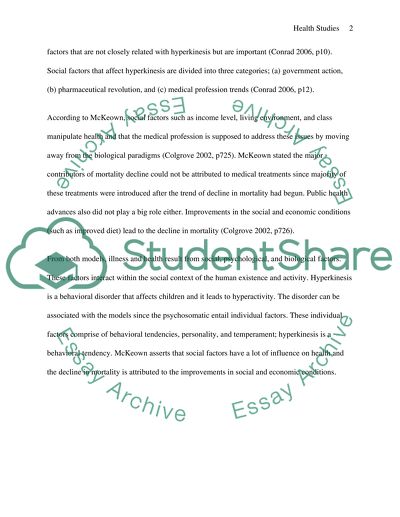Cite this document
(“Biomedical/Biopsychosocial Model Essay Example | Topics and Well Written Essays - 2500 words”, n.d.)
Retrieved from https://studentshare.org/health-sciences-medicine/1392935-health-sturdies
Retrieved from https://studentshare.org/health-sciences-medicine/1392935-health-sturdies
(Biomedical/Biopsychosocial Model Essay Example | Topics and Well Written Essays - 2500 Words)
https://studentshare.org/health-sciences-medicine/1392935-health-sturdies.
https://studentshare.org/health-sciences-medicine/1392935-health-sturdies.
“Biomedical/Biopsychosocial Model Essay Example | Topics and Well Written Essays - 2500 Words”, n.d. https://studentshare.org/health-sciences-medicine/1392935-health-sturdies.


